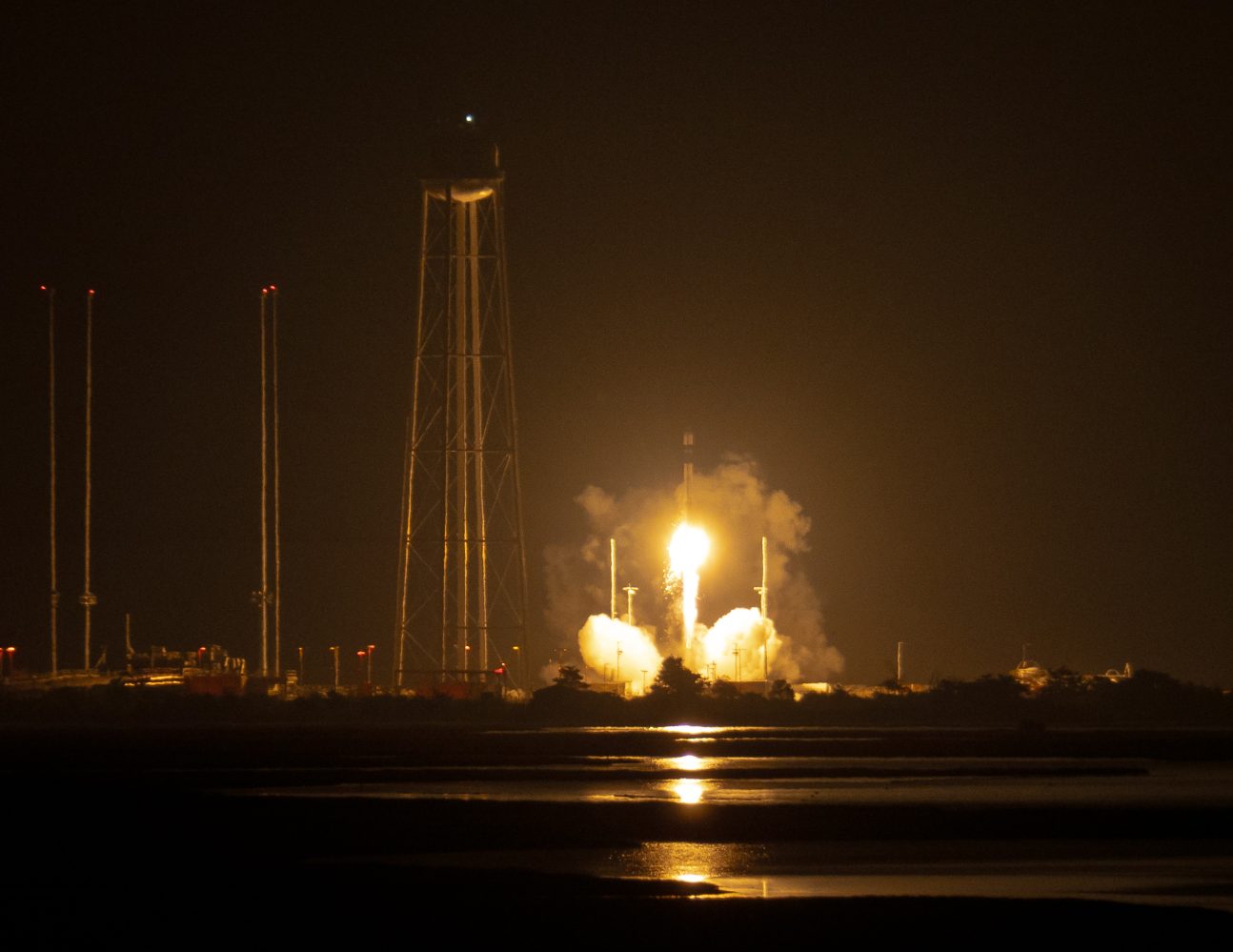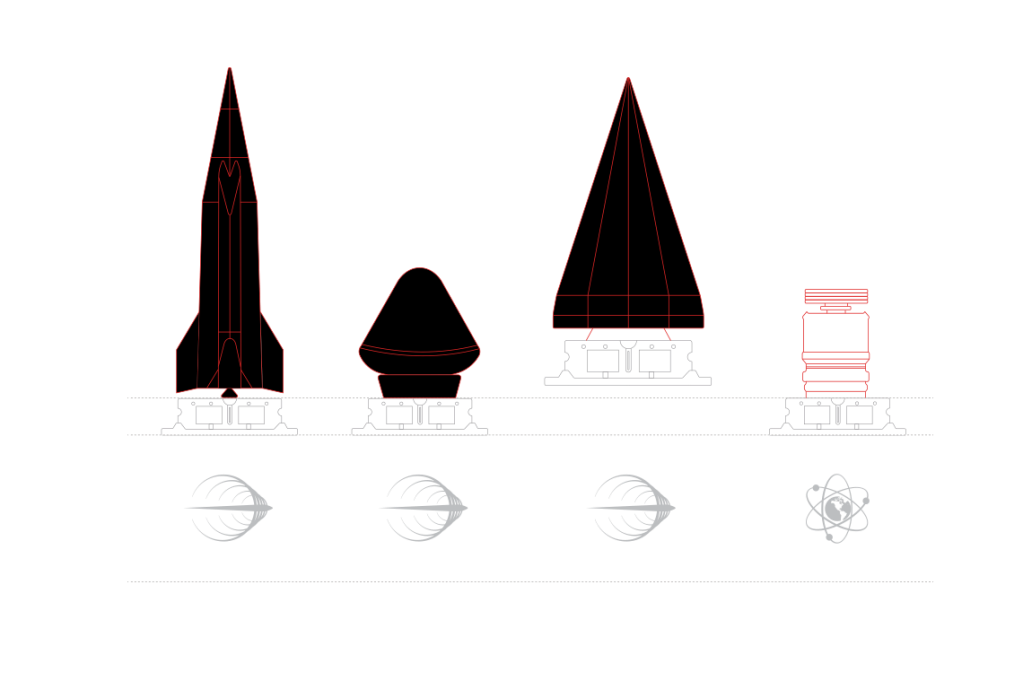

Rocket Lab launch doesn't get to orbit, intentionally
source link: https://spaceexplored.com/2023/06/18/rocket-lab-launch-doesnt-get-to-orbit-intentionally/
Go to the source link to view the article. You can view the picture content, updated content and better typesetting reading experience. If the link is broken, please click the button below to view the snapshot at that time.

Rocket Lab launch doesn't get to orbit, intentionallySkip to main content

In Rocket Lab’s most secretive launch yet, they went sub-orbital. Utilizing its new Hypersonic Accelerator Suborbital Test Electron (HASTE), the company performed its first test of this new launch vehicle.
The only indication of this launch came, not from Rocket Lab, but from the NASA Wallops Twitter account a few days before the five-day window. Launch eventually occurred on Saturday, June 17th, at 9:24 p.m. Eastern Time. About an hour and a half after launch, official confirmation came from Rocket Lab of 100% mission success.
Along with an official photo from Rocket Lab came an other photo that spectators took as a result of patience, since the exact launch date and time was unknown. This particular angle also showed that Electron performed a substantial dogleg maneuver a good amount of time into launch.
HASTE Flight 1 pulls a major dog leg maneuver on its way to space! Full launch gallery will be available soon on my website link in bio! pic.twitter.com/wOKShBvUQe
— Kyle Henry (@kyle_LTS) June 18, 2023
Although this incredible photo shows the intentional drastic change in trajectory, Rocket Lab has not made public the apogee, duration of the flight, or other specific details. Rocket Lab does state that the minimum separation altitude is 80 km (49.6 miles) and separation velocity is 3 to 7.5 km/s (1.86 to 4.65 miles/sec)
Based on the limited amount of information Rocket Lab has released, it sounds like the public might not be getting much more than post-launch streaks in the future.
What is HASTE?
Straight from Rocket Lab’s website, “HASTE is a suborbital testbed launch vehicle derived from Rocket Lab’s heritage Electron rocket”. It is also stated to be high-cadence and reliable due to its close connection with Electron.

A diagram of the various fairing and payload configurations (Credit: Rocket Lab)
An additional difference between Electron and HASTE is the ability for different fairings for larger payloads, a modified third stage for advanced maneuvering, and the ability to launch up to 700 kg (1540 lbs). Other than these vague indications stated on the Rocket Lab website, very little is known about HASTE’s other capabilities and specifics.
HASTE missions will launch exclusively from Wallops Flight Facility in Virginia, United States. Rocket Lab also advertises that companies can go from idea to launch within one year.
FTC: We use income earning auto affiliate links. More.
Recommend
About Joyk
Aggregate valuable and interesting links.
Joyk means Joy of geeK